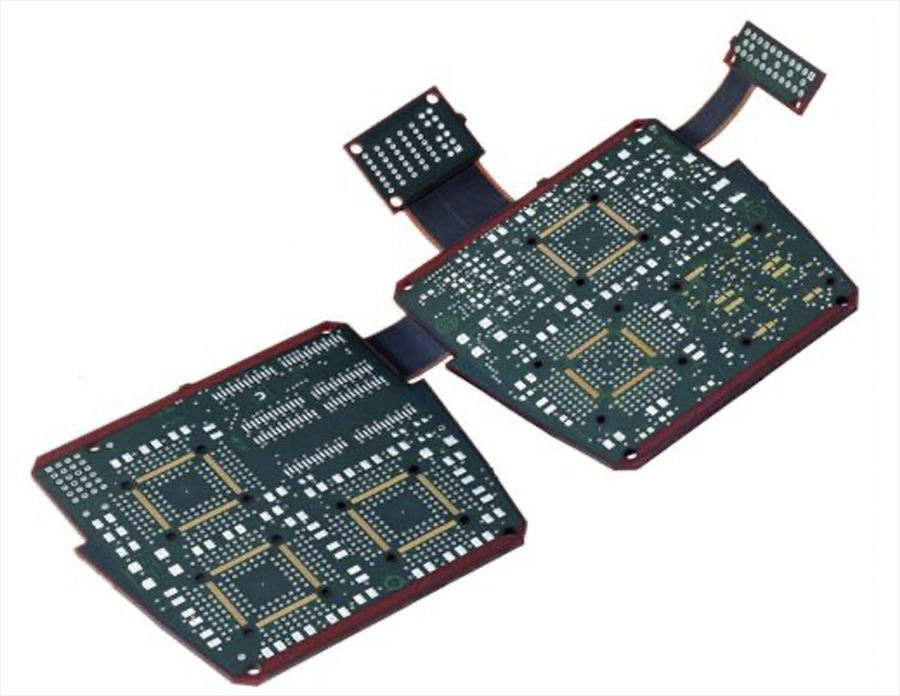

Rigid-flex PCB are more expensive than traditional rigid PCB due to their unique structure and manufacturing processes, with costs approximately seven times higher. This is mainly due to the higher price of raw materials and generally lower overall production volumes. In the manufacturing of rigid-flex PCB, materials such as core material, non-flowing PP, copper foil, flexible core material, cover layer, and adhesive are used, some of which are special and cost higher than traditional PCB materials.
A key step in the manufacturing of rigid-flex PCB is the use of non-flowing or low-flowing prepreg to prevent epoxy resin or polyimide resin from flowing into the flexible parts of the board; they only need to flow to the rigid edges. The cost of non-flowing PP is about 10 times that of traditional FR4 and polyimide prepreg. Moreover, rigid-flex PCB manufacturers can only choose from two very thin glass fabrics, 106 and 1080, and cannot use cost-effective and thicker fabrics such as 2113, 2313, 2116, 1652, and 7628 because they do not have resin flow. As a result, manufacturers have to use more expensive prepreg and require more sheets to bond the final composite material together.
Due to the characteristics of non-flowing PP, using a single layer of PP is risky, and typically two layers of PP are needed to ensure adequate encapsulation of the internal circuits, which is another factor that increases the cost of rigid-flex design.
In the next news article, we will explore other reasons that contribute to the increased manufacturing costs of rigid-flex PCB.